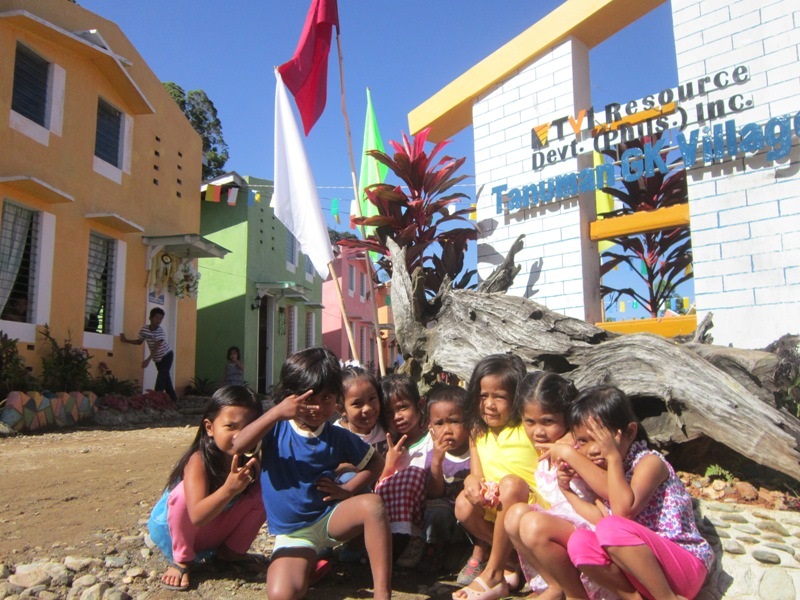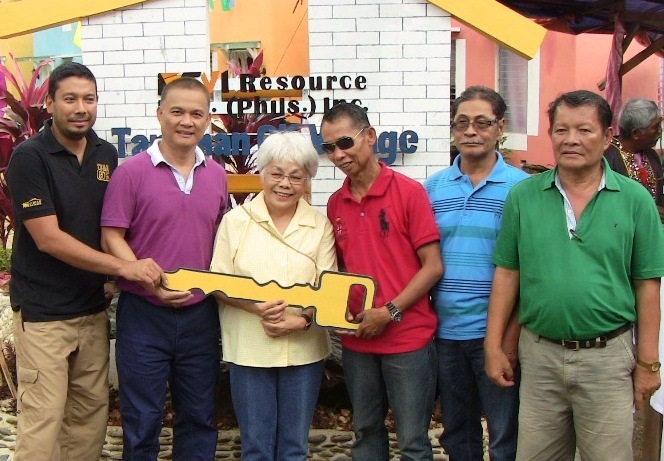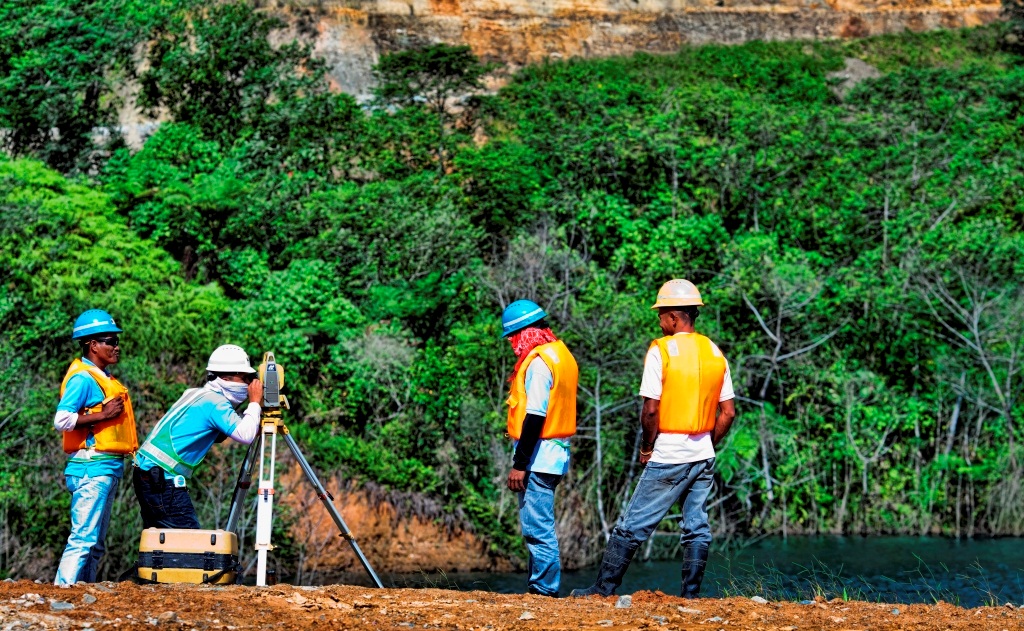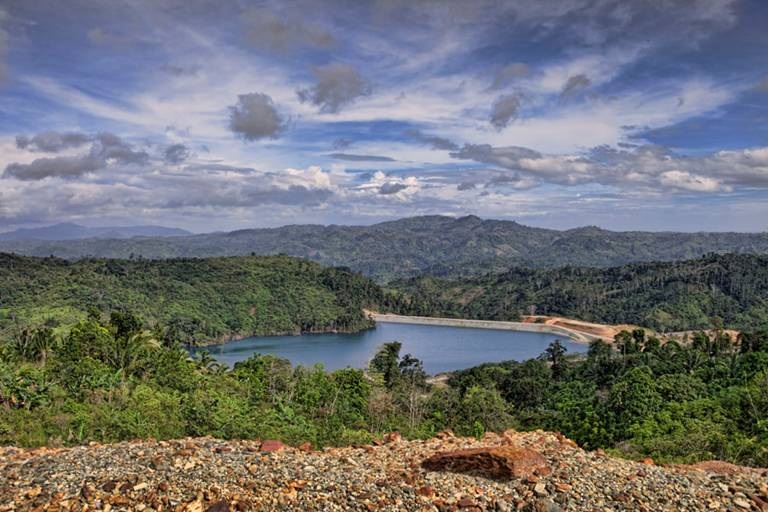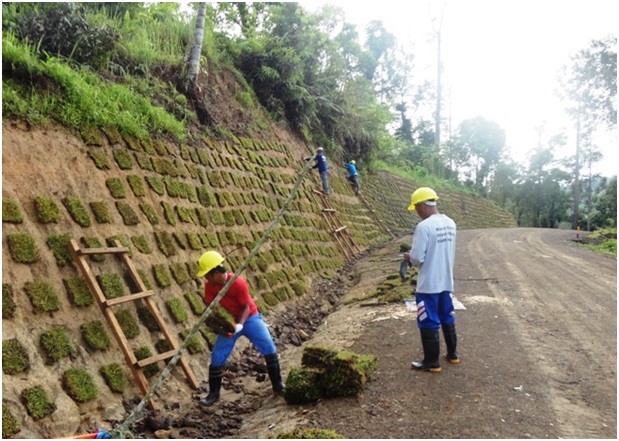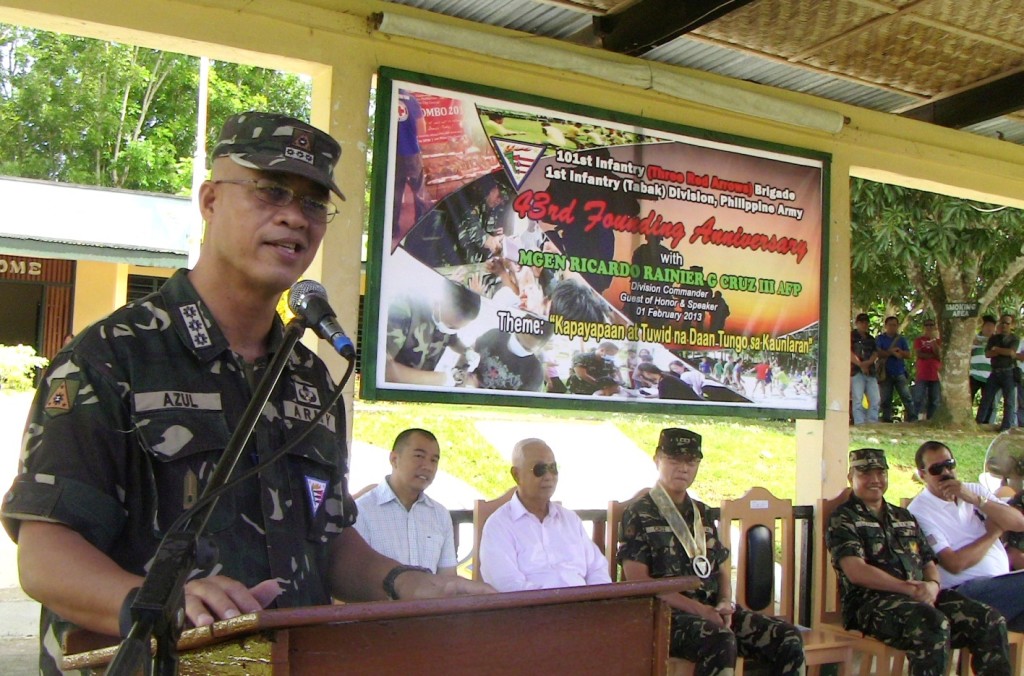Subanon working with TVIRD in planning for their permanent settlement in their Ancestral Domain

Jay Nelson, TVIRD Environment Manager: “The most critical component of the development criteria is the number of households to be supported by Tanuman Village.”
With the exception of various social practices, historical documentation of the local indigenous peoples, known as the Subanon, has been limited. Known as a river people (from the word “Suba”, meaning river) the Subanon reportedly made their homes along the lowland rivers and coastlines of Mindanao. One accepted account is that the Subanon were pushed inland during the 16th century to escape the wars between the Christians and Muslims occurring in Mindanao during this period. Pirate attacks of settlements along the shoreline during this time may have also contributed to the inland movement. As a result, lifestyles were changed and the Subanon resorted to a semi-nomadic life, engaging in slash-and-burn agricultural practices within the inland forests for livelihood.

After centuries of living in anxiety and instability, including a recent history of abuse at the hands of illegal small-scale mining operators, the Subanon are now working with TVI Resource Development, Inc. (TVIRD) in planning and building a new permanent community village of their own within the mountains of Siocon, Zamboanga del Norte. The residents of the Subanon community will now have the opportunity to relocate to the new settlement from around the Canatuan Ancestral Domain – and to benefit from new infrastructure and services on a sustainable basis.
Formal planning activities for the new settlement village – called Tanuman – for TVIRD’s Subanon hosts were initiated in 2005. The company has agreed to assist in the planning, design and construction of the new village, located on 50-hectare site approximately 4 kilometers from TVIRD’s mine facilities. The site was selected by officers of the Siocon Subanon Association Inc. (SSAI), recognized by the National Commission on Indigenous Peoples (NCIP) as the legal representative of the holders of Certificate of Ancestral Domain Title (CADT) holders in Canatuan.
According to Jay Nelson, TVIRD Environment Manager, the company subsequently funded the property survey of the Tanuman Village site and the natural resource inventory performed by the Department of Environment and Natural Resources (DENR). A preliminary land use plan and initial design criteria were prepared by TVIRD for review and implementation by a joint-member working group, composed of representatives of SSAI, TVIRD, and the Green Earth Multi-Purpose Cooperative (GEMPCO), an NGO that has proven expertise in sustainable development for IPs . The plan aims to identify land use areas for residential, commercial and community services while maintaining sensitivity to cultural and environmental protection needs. The initial stage will focus on development of a 100-family community. Detailed design work and construction, meanwhile, is anticipated to begin in the second quarter of 2006.
In his “Tanuman Village Development – Report No. 1” (10MB PDF; click here to download), Nelson outlined the initial land use concepts for the village that have been developed so far. Subsequent reports will take these concepts to a more detailed design level and allow construction to proceed in a planned manner. Continual consultation with the joint-member working group during this process will be a critical component.
“The concepts and criteria are very general at this time and are intended to provide a starting point for discussions between SSAI, TVIRD, and GEMPCO,” he wrote in his January 23, 2006 Report. “The goal, over time, is to develop a land use plan that all parties can agree to, support and implement in a timely and economic manner.”
Nelson said Tanuman Village – located along the northern boundary of the 8,213-hectare CADT area – will likely become “a local or possibly regional transportation hub” since the northeast portion of the village is a transportation junction of three roadways: first to Canatuan, second to Siocon, and third to Roseller T. Lim town in Zamboanga Sibugay.
In the report, Nelson said the DENR surveys and field investigations identified the site as primarily a forest reserve with a forest area of about 31 hectares or 60% of the site area. The agency has recommended no development within the designated forest areas, as well as the preservation of these areas.
Nelson also identified critical components of the community development parameters for Tanuman Village: Population, Sanitation, Water Supply, Power, Site Earthwork, House and Lot, Community Buildings, Land Use Distribution Requirements, as well as Concept Development Plan Land Use.
“The most critical component of the development criteria is the number of households to be supported by the Village,” he said. “This then points to the question of who is allowed to participate and who isn’t. At this juncture, a round number of 100 households have been suggested for the Village.
This number, Nelson added, represents only those who are living in the near vicinity of the TVIRD operations. There shall be further discussions and studies for the handling of additional households.
He, however, concedes: “Clearly, this criteria needs to be further defined on an individual basis and the process for selecting those that meet this criteria needs to be established. The process is underway at the moment with the involvement of TVIRD, GEMPCO, and SSAI. For the moment, the 100-household criteria can be defended on the basis of those most impacted by the mining operations.”
Whatever number the joint-member group will finally agree on, there is no doubt that responsible mining has transformed the Subanon homeland in many positive ways. And soon, the Subanon, a people born in the rivers and shorelines of Mindanao, will have homes within their own ancestral domain they can once again call their own. The mountains of Canatuan will once again be shaped by the culture and social practices of the Subanon in a self sustaining and environmentally responsible manner


